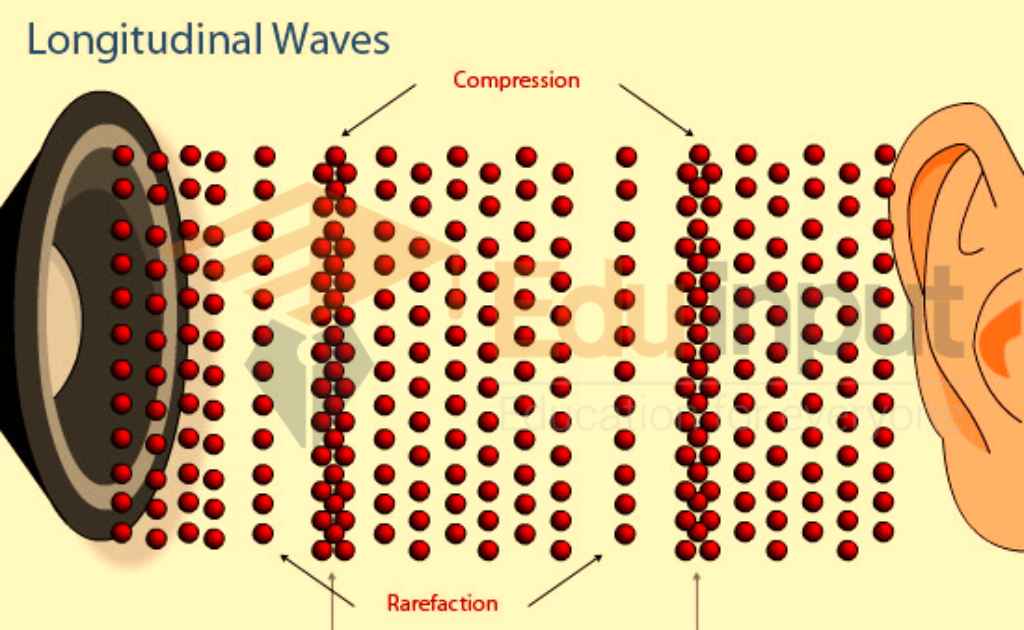Beats in Physics-Definition and Example
Beats in Physics are defined as The phenomenon of superposition of two waves of slightly different frequencies traveling in the same direction called beats.
What are Beats in Physics?
The periodic alternations of sound between maximum and minimum loudness are called beats. Beats are produced due to constructive and destructive interference of two sound waves having slightly different frequencies.
One rise and one fall in the loudness of sound make one beat.
Beats Example
If two tuning forks A and B of the same frequency 32HZ are sounded together and are placed at the same distance from the ear. The sound waves of the two will be superposed with each other and a single note (sound) is heard by the human ear.
Now consider two tuning forks A and B having slightly different frequencies 32HZ and 30HZ respectively. If the two tuning forks are sounded together, the sound of increasing and decreasing intensity will be heard. This note is called a beat note.
How the beats are produced?
This beat is produced due to the interference between the sound waves from tuning forks A and B. Figure (a) shows the waveform of the note emitted from tuning fork A and figure (b) shows that of tuning fork B. But figure (c) shows the resultant waveform of both tunings forks A and B when they are sounded together.

As shown at some instant X the displacement of two waves is in the same direction. The resultant displacement is large and a loud sound is heard.
After 1/4 sec the displacement of the wave due to one tuning fork is opposite to the displacement of the wave due to the other tuning fork resulting in a minimum displacement at Y, hence faint sound or no sound is heard. After 1/4 sec, the displacements are in the same direction and a loud sound is heard at Z.
This means a loud sound is heard two times each second Also the difference in frequencies of the two tuning forks is 2HZ. Thus Number of beats per second is equal to the difference between the frequencies of the tuning forks.
When the difference between the frequencies of the two sounds is more than 10HZ, then it becomes difficult to recognize the beats. Beats can be used to tune the strings of violin or piano by tightening or loosening the strings until no beats are heard.






Leave a Reply